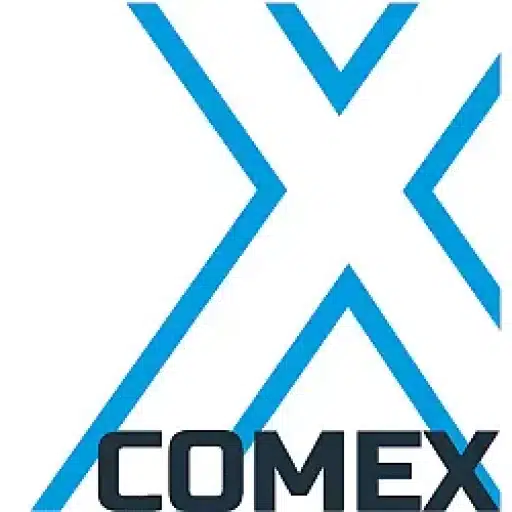+31 (0)43 30 88 400 | office@comex.eu

Just a quick reminder
Just a quick reminder
What is in an archive once, usually does not come out. In other words, an archive only gets bigger. With many archives becoming digital, that requires more memory space over time. At the same time, what is once stored in the archive should not be overwritten and is occasionally accessed. It must be safe and still be viewable in x number of years. Sounds simple.
Without major modifications
It would be nice if you could very easily, like Lego blocks, add some memory space. As it were just poking some memory at it. It can be done. Relatively cheap even, and without major modifications to the system. Silent Bricks are great for that. For that matter, the same applies to backup space; surely different requirements are placed on a backup than on an archive. A backup is overwritten very regularly and is scalable in all directions thanks to Silent Bricks. Apart from the storage for archive, which is not overwritable, the storage can of course be used for other applications, not just backup, for example.
Flexible in three directions
Increase and decrease your capacity of storage as desired. Change the speed by using flash brick or regular brick. And rewrite adaptability. So three-way flexibility without having to switch to another system or software. Whether you have archival, backup or NAS storage, there is usually a long deliberation about how much extra storage is needed. If you can actually adjust your storage so flexibly and easily, that already saves a lot of headaches. Our solution: Silent Bricks.

